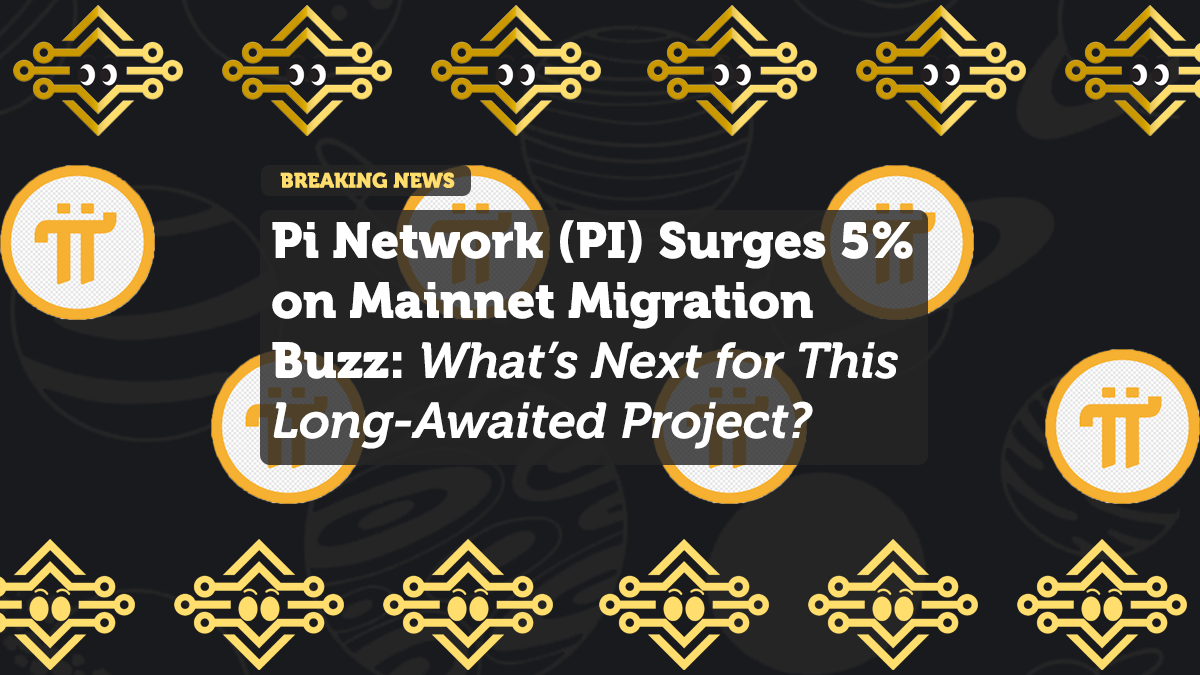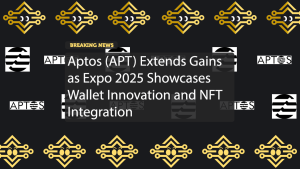
Pi Network (PI) Surges 5% on Mainnet Migration Buzz: What’s Next for This Long-Awaited Project?
After months of anticipation, Pi Network (PI) has officially entered Phase 1 of its mainnet migration, sending the token’s price up over 5% to $0.66.
Alongside the price move, trading volume jumped 66%, as excitement builds over long-awaited token transfers to the mainnet. The surge in market activity suggests that investors are finally seeing tangible progress on a project that’s been in slow-burn development since 2019.
What’s Happening With the Migration?
According to the Pi Core Team, more than 12 million users have completed their KYC, making them eligible to migrate their PI tokens to the mainnet. These include:
- Base mining rewards
- Security Circle inputs
- Lockup commitments
- Utility app incentives
- Confirmed node rewards
This migration phase is focused on individual contributions, while Phase 2, which includes referral bonuses, will roll out once the first migration queue is cleared.
“Our goal is to onboard as many Pioneers and tokens to the open network as possible,” said the team in a post on X.
Tokenomics Built for Fair Growth
Pi Network has always touted its community-first approach, and the tokenomics model reflects that.
Here’s how the initial 100 billion PI supply breaks down:
| Allocation Category | Percentage |
|---|---|
| Community Mining | 65% |
| Core Team | 20% |
| Pi Foundation | 10% |
| Liquidity Reserve | 5% |
Only tokens linked to verified users’ migrated rewards become usable. This gradual rollout prevents early selloffs or centralized hoarding, ensuring that supply grows in line with actual user onboarding.
Delayed, But Not Doomed: Why Gradual Rollout May Help
While Pi Network has faced criticism for delays and lack of exchange listings, some experts argue that this slow and phased approach could protect the ecosystem.
Fast listings and premature access often lead to:
- Massive sell-offs
- Bot-driven manipulation
- Community disillusionment
In contrast, Pi’s deliberate pace may ensure stronger price stability and user trust, particularly as KYC-verified holders become the primary source of liquidity.
“The project’s long delays might turn out to be its greatest protection,” said one analyst familiar with pre-mainnet rollouts.
PI Price Outlook: What Do the Charts Say?
After a brutal 30% drop over the last month, PI appears to be climbing back with technical signals flashing early bullish momentum.
Technical Snapshot:
| Indicator | Current Value | Signal |
|---|---|---|
| Price | $0.66 | +5% 24H gain |
| RSI (4-hour chart) | 62.82 | Rising, nearing overbought |
| Volume | +66% | Strong buying pressure |
Key Resistance: $0.68
Next Target: $0.72 if breakout is confirmed
If PI closes a 4-hour candle above $0.68 with volume support, a breakout toward $0.72 and beyond becomes highly probable.
Chart: Pi Network Price vs Trading Volume
| Date | Price ($) | 24H Volume ($) | Market Sentiment |
|---|---|---|---|
| April 15 | 0.61 | 19.3M | Neutral/Bearish |
| April 20 | 0.66 | 32.1M | Bullish Reversal |
Community Sentiment and Concerns
Although optimism is rising, the community remains split. Some holders are concerned about:
- Potential wash trading, as micro-wallet activity spikes
- Lack of clear timeline for Phase 2
- Uncertainty around PI token exchange listings
Others are content to wait, believing that the project’s philosophy of decentralization and user-first token access sets it apart from short-lived hype coins.
When Is Phase 2 Coming?
According to the Pi Core Team, no official date has been set for the second migration phase, which will include:
- Referral bonuses
- Long-term user incentives
- Pending developer rewards
Speculators anticipate a launch in the second half of 2025, assuming the first wave completes smoothly.
Final Thoughts: Is This the Turning Point for Pi Network?
The 5% surge in PI price isn’t just technical — it’s symbolic.
After years of waiting, millions of users are finally seeing their contributions reflected on the blockchain. The first phase of mainnet migration represents real progress, and it’s reigniting community belief in a project once dismissed as vaporware.
If Pi can maintain momentum, phase out delays, and eventually secure exchange listings, 2025 could become the year Pi Network moves from mobile curiosity to a functioning Layer-1 blockchain.























